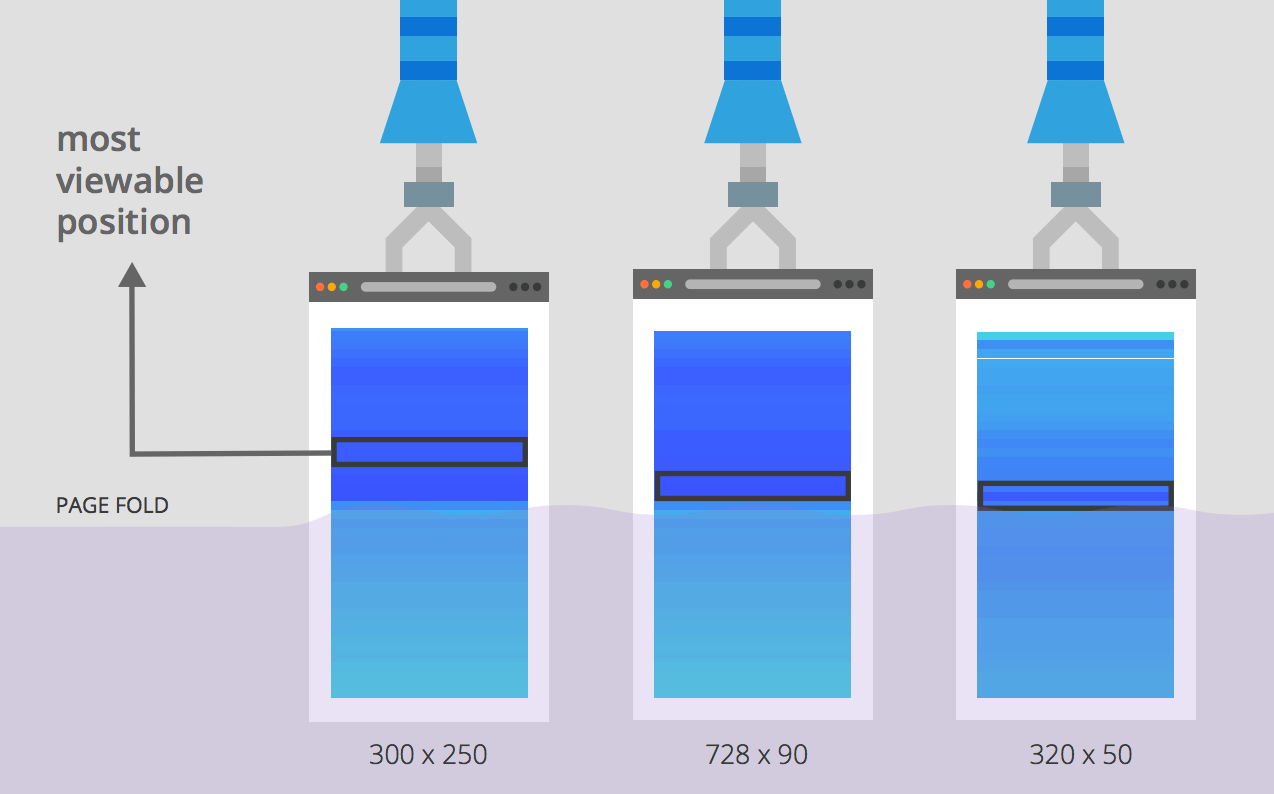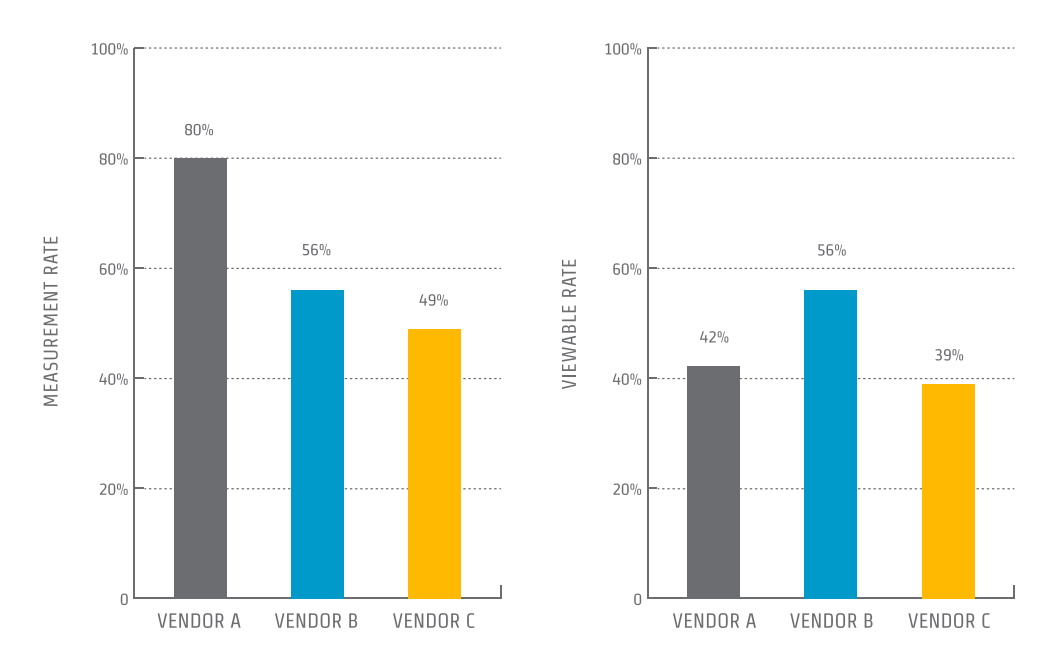The current state of ad viewability
- Abhishek Tiwari
- Trends
- 10.59350/nca15-mg567
- Crossref
- December 6, 2014
Table of Contents
A recent Google report highlights poor viewability of digital ads and offers some interesting statistics around various viewability factors. Report suggests that about fifty percent of ad impressions are never seen which means basically fifty percent of display spending are just wasted. Issues around ad viewability are known for quite some time now, it was not until very recently advertisers and ad vendors started taking ad viewability very seriously. Back in 2012, 1.8 trillion display ads were paid for but not seen so things are not really improved since then. Viewability issues are more serious with non-direct inventory, i.e. display ads purchased on networks and ad exchanges. Another 2014 Q3 report suggests that two-thirds of non-direct inventory is non-viewable as per MRC Viewability standard.
Viewability
According to Media Rating Council (MRC), a display ad is considered viewable when following pixel and time requirements are met,
- Pixel Requirement: Greater than or equal to 50% of the pixels in the advertisement were on an in-focus browser tab on the viewable space of the browser page, and
- Time Requirement: The time the pixel requirement is met was greater than or equal to one continuous second, post ad render
Time requirement or timer start only when pixel requirement is met.
Above-the-fold is poor proxy for viewability
According to Google report, above-the-fold (ATF) impressions are poor proxy for viewability. Publishers often charge premium for above-the-fold impressions which seems to be misplaced. Surprisingly, most viewable position is right above-the-fold (ATF), not at the top of the page. This means ATF does not guarantee that an impression will be viewable. In term of numbers, report finds average viewability rates for above-the-fold (ATF) ad is 68% and for below-the-fold (BTF) as 40% which means BTF impressions are not that bad. This is also attributed to browsing patterns of end-users and obviously a large chunk of users immediately start scrolling the page to view below-the-fold content especially on mobile and tablet, leaving above-the-fold or top of the page ads on screen for less than one second.

The most viewable ad sizes are vertical ad units. With vertical ad units ~53-57% viewability was observed, while horizontal ad units recorded ~40-48% viewability. This is mainly because vertical ad units stay longer on screen even end-user starts scrolling immediately.
Measurability
Viewability measurement is hard, and doing accurate measurement on scale is still a big challenge. In addition, viewability measurement for video ads is more complex. Viewability measurement accuracy is improving but measured viewability varies among leading ad vendors up to 20-30 percent for the same set of impressions.

As illustrated in above, viewability measurement vendor yet to achieve 100-percent measurability rates - proportion of impressions evaluated as being in or out of view ((measurable impressions ÷ eligible impressions) × 100). According to Quantcast viewability report, even with best-of-breed measurement vendors only upto 90% measurability was achievable. By using a MRC accredited vendor one can ensure a high level of accuracy if not 100-percent. For instance, Goolge’s own viewability measurement solution Active View is accredited by MRC.
Conclusion
There is a pressing need that vendors, publishers and advertisers start using viewability as true currency and allow to transact on viewable impression. This requires giving advertisers the ability to target and buy only viewable impressions (viewable CPM or vCPM). Technology to support vCPM is still in early phase but in mean time advertisers can do better by setting viewability goals for campaigns and also by working with media vendors to achieve guaranteed viewability percentage.